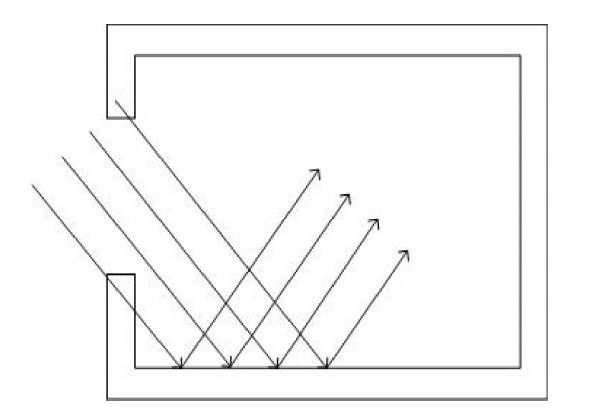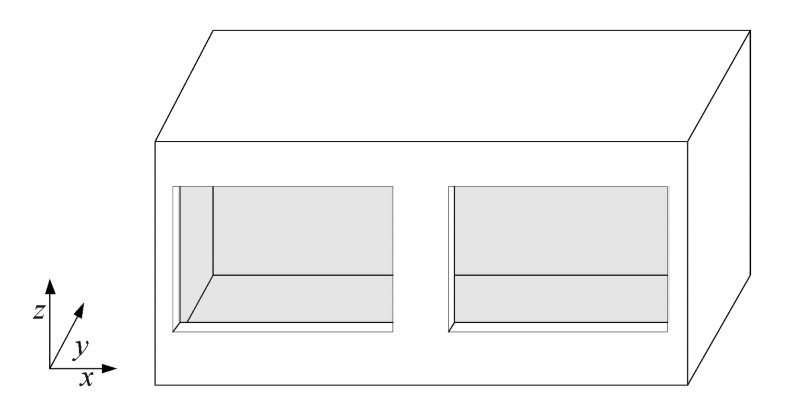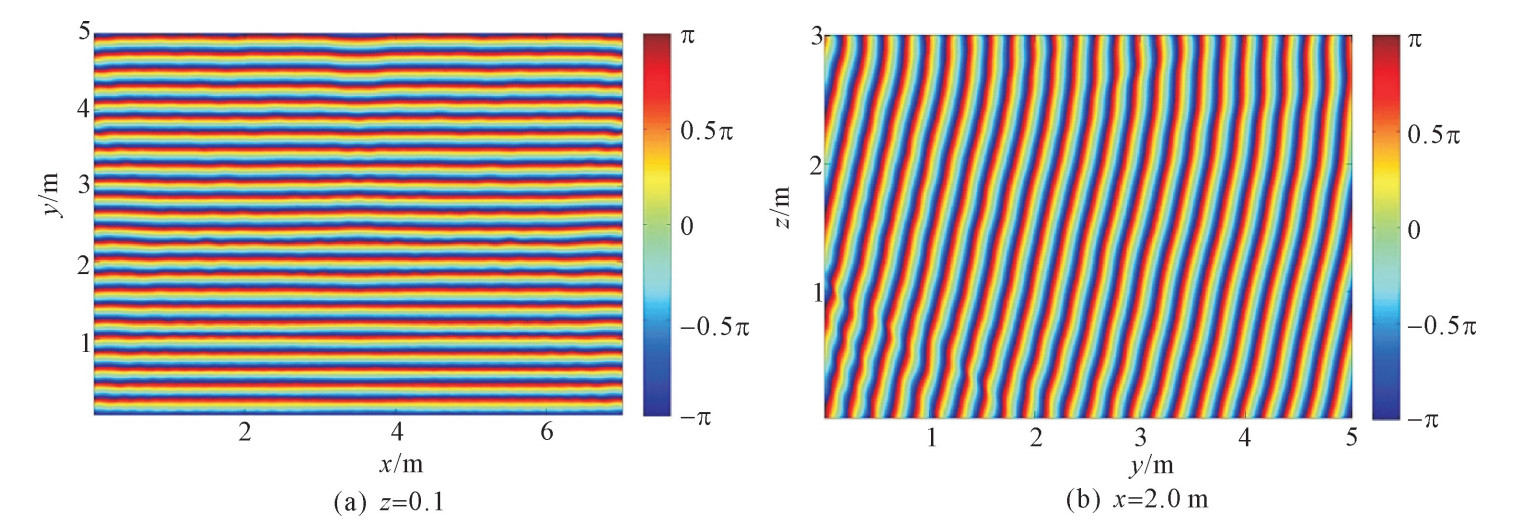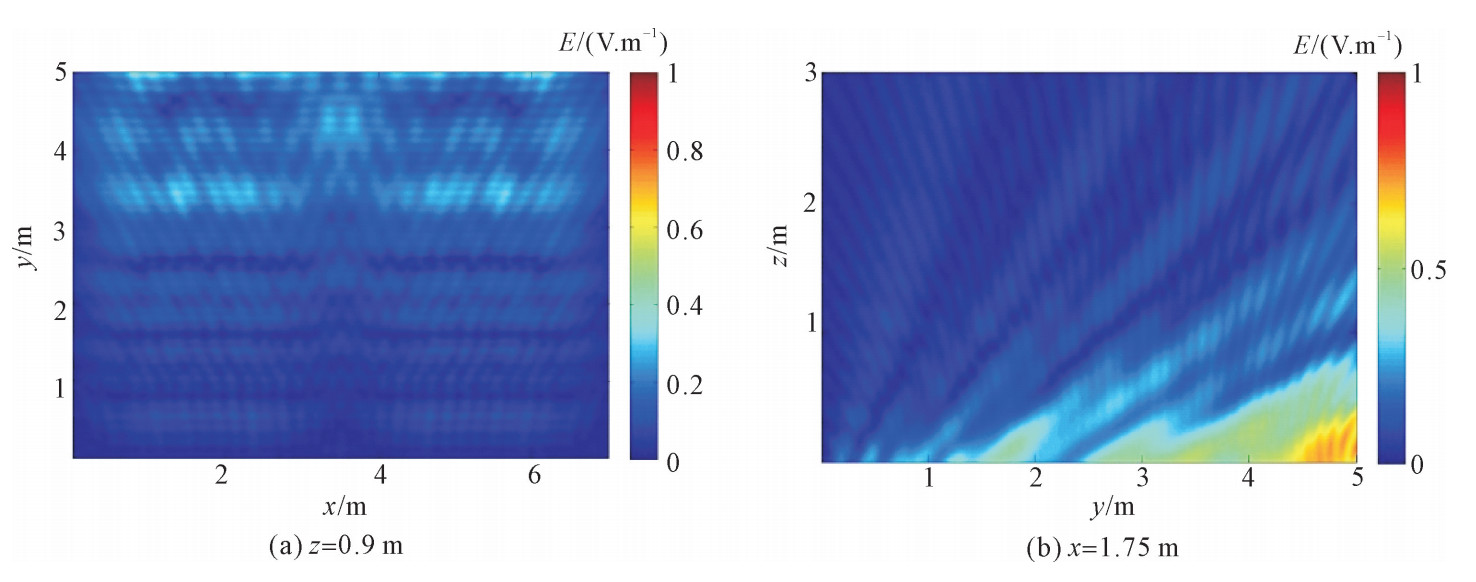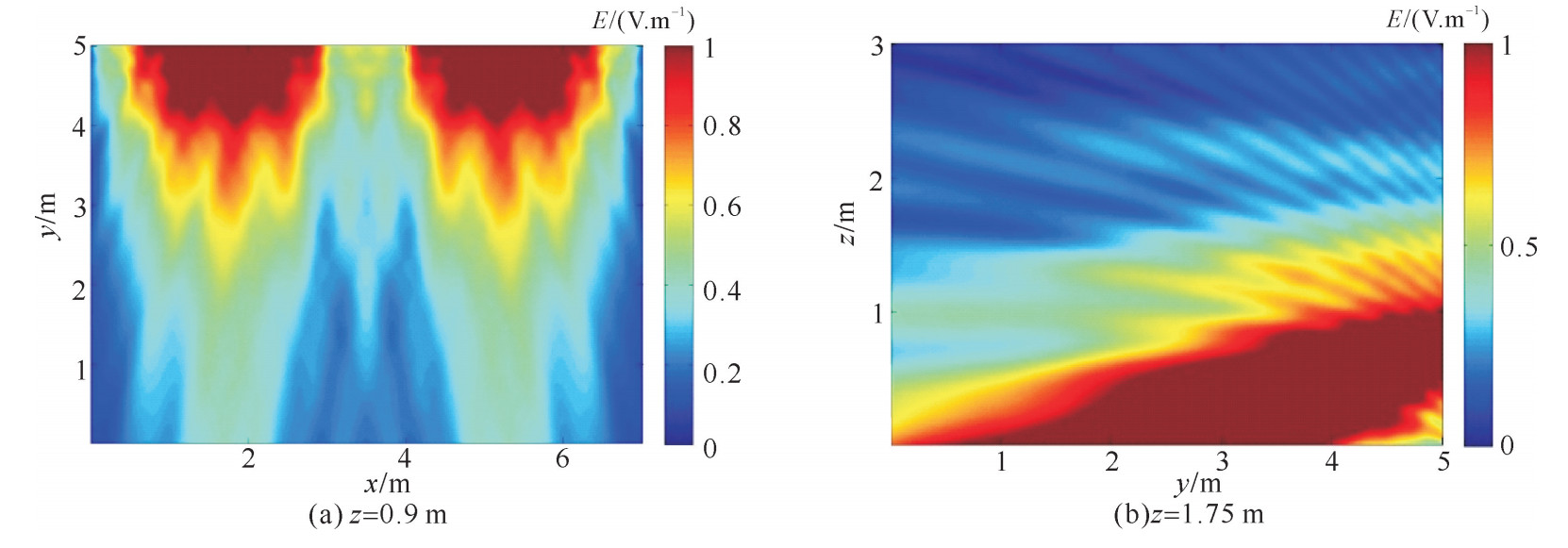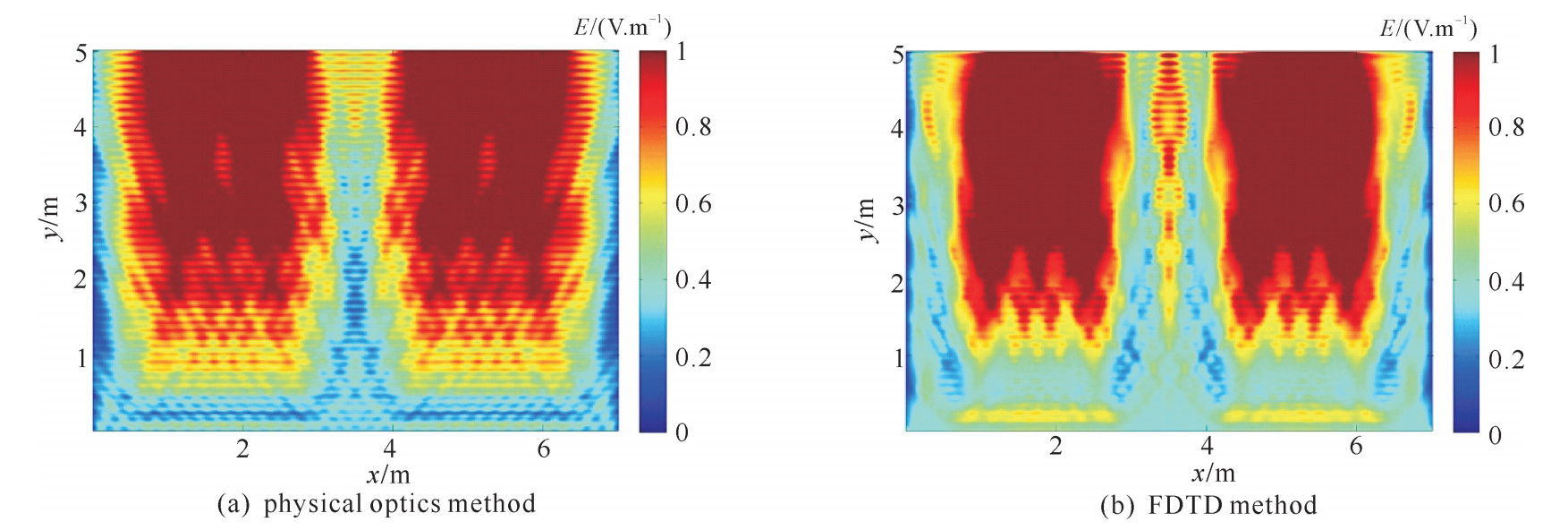Calculation of high power microwave coupled field distribution in buildings based on physical optics method
-
摘要: 利用物理光学法计算了高功率微波在建筑物内的耦合场分布。根据建筑物墙壁和窗户的透射率可以得到墙壁内侧的透射场,将它代入到矢量衍射公式中直接计算出在整个建筑物内的透射场;根据建筑物地面的反射率得到地板表面的反射场,将它代入到矢量衍射公式中可计算出整个建筑物内的反射场;对透射场与反射场进行矢量相加,得到叠加场。将本文方法得到的场分布情况和时域有限差分法得到的场分布进行比较,二者结果一致。物理光学法的优点在于其物理图像清晰,计算量小,计算速度快,适合应用在大型建筑物内部耦合场分布计算上。Abstract: The coupled field distribution of high power microwave in buildings is calculated by physical optics method. With the transmittivity of the wall and window, the approximate field distribution on the inner surface of wall can be calculated. Substituting the surface transmitted field distribution of the wall into the vector diffraction formula, we can get the transmitted field in the building. With the reflectivity of the floor, the approximate reflection field on the floor's surface can be calculated. Substituting the surface reflected field distribution of the floor into the vector diffraction formula, we can get the reflected field in the building. The superposition field is obtained by vector addition of transmission field and reflection field. The field distribution result of this method and that of the finite-difference time-domain method are in good agreement. The advantages of physical optics method lie in its clear physical image, small amount of computation and fast computation speed.The method is suitable for the calculation of coupled field distribution in large buildings.
-
表 1 两种方法计算有效面积比的差别
Table 1. Difference of effect area ratio of two methods
threshold/(V·m-1) difference of effect area ratio/% z=0.1 m z=0.3 m z=0.6 m z=0.9 m 0.1 0 0 0 0 0.2 0 0 0 0 0.3 2 10 8 7 0.4 8 17 10 1 0.5 8 15 2 10 0.6 6 7 7 10 0.7 2 13 2 10 0.8 4 5 6 5 0.9 4 8 9 15 1.0 2 7 2 3 -
[1] Benford J,Swegle J A, Schamiloglu E. 高功率微波[M]. 北京:国防工业出版社,2009.Benfor J, Swegle J A, Schamiloglu E. High power microwave. Beijing: National Defense Industry Press, 2009 [2] 姜治北. 高功率微波作用下的计算机系统失效机理研究[D]. 成都: 电子科技大学, 2006.Jiang Zhibei. Study on the computer effect mechanism of HPM. Chengdu: University of Electronic Science and Technology of China, 2006 [3] 张存波. 建筑物对微波脉冲响应特性的研究[D]. 长沙:国防科学技术大学,2011.Zhang Cunbo. Study on responses of buildings to microwave pulses. Changsha: National University of Defense Technology, 2011 [4] 曹学军, 马弘舸. 建筑物对不同体制电磁脉冲时域响应数值分析[J]. 强激光与粒子束, 2009, 21(7): 1049-1053. http://www.hplpb.com.cn/article/id/4096Cao Xuejun, Ma Hongge. Numerical analysis of time-domain response for building to different electromagnetic pulse. High Power Laser and Particle Beams,2009, 21(7):1049-1053 http://www.hplpb.com.cn/article/id/4096 [5] Wu A, Wu Y, Liu Y, et al. Fast ISAR imaging based on physical optics method and reconstruction via compressed sensing[C]//2019 IEEE International Conference on Computational Electromagnetics (ICCEM).2019: 1-2. [6] Perez-Eijo L, Valdes B, Arias M, et al. A physical optics simulator for multireflector THz imaging systems[J]. IEEE Transactions on Terahertz Science and Technology, 2019. [7] Li J, Wang X, Qu L. Calculation of physical optics integrals over NURBS surface using a delaminating quadrature method[J]. IEEE Transactions on Antennas and Propagation, 2012, 60(5): 2388-2397. doi: 10.1109/TAP.2012.2189728 [8] Shan X J, Yin J Y, Yu D L, et al. Analysis of artificial corner reflector’s radar cross section: A physical optics perspective[J]. Arabian Journal of Geosciences, 2013, 6(8): 2755-2765. doi: 10.1007/s12517-012-0582-x [9] 李永俊. 电磁理论的高频方法[M]. 武汉: 武汉大学出版社, 1999.Li Yongjun. High frequency method of electromagnetic theory. Wuhan: Wuhan University Press, 1999 [10] Stratton J A. 电磁理论[M]. 北京: 科学出版社,1992:373-375.Stratton J A. Electromagnetic theory. Beijing: Science Press, 1992: 373-375 [11] 王振坤, 宁辉, 蒋廷勇. 高功率微波对建筑物内计算机作用效果评估方法[J]. 强激光与粒子束, 2018, 30: 043001. doi: 10.11884/HPLPB201830.170333Wang Zhenkun, Ning Hui, Jiang Tinyong. One way to evaluate high power microwave’s effect on computers in the building. High Power Laser and Particle Beams, 2018, 30: 043001 doi: 10.11884/HPLPB201830.170333 -




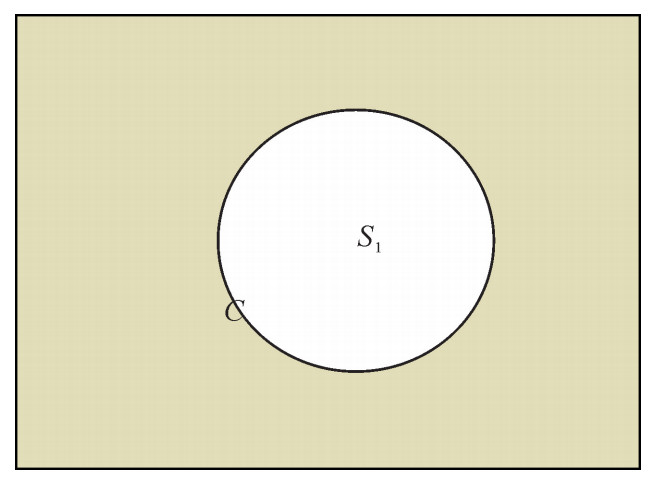
 下载:
下载:
